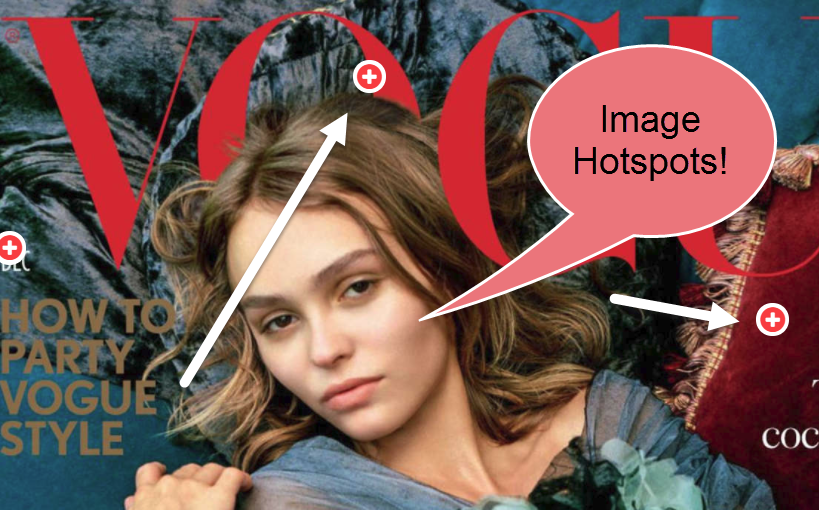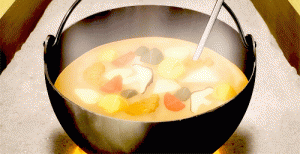Last week’s webinar topic (Instructor Showcase) was such a great learning opportunity: I loved seeing what my colleagues are doing in their courses and sharing tools and resources.
I love that through these tools, we can teach the same subjects and the same courses, but remain unique and provide our own version of an awesome experience for students by creating a genuine connection that grows from who we are. Each instructor’s persona was so unique and accurate to how I’ve been growing to know them–it was wonderful to see that reflected in the way they design their classrooms.
It’s so vital that we find ways to show students that we’re not a computer program that spits out grades–just like in a face to face context, building relationships with students is an important (and rewarding) part of the education process. By sharing some of ourselves, we encourage students to share some of themselves in return, and we’re able to forge connections and relationships.
What’s more, I’ve seen through my focus on engagement that students seem to be paying more attention to my announcements–which is a relief, because I do actually have some vital information in them. I get a little sigh of relief from each student that acknowledges the things I share in the announcements.
While there are areas that I’ve grown so much in this semester when it comes to announcements, I’m still very new at this, and being able to see what my colleagues are doing gave me so many ideas for how to improve my own classroom.
For example, some of the instructors who shared have been so successful in padlet: I used my first one just last week, and didn’t get a single post. It was a little disheartening.
It got me thinking about the importance of a classroom routine, and establishing it from the get-go. I had to swallow that failure, but it’s had me thinking about how to incorporate sharing of that nature in all my classes from day one at the new semester. While I’ve been successful in getting my Art Appreciation and Digital Imaging kids to share, I think the discussions would be a lot more robust if it were a familiar process from day one.
I also loved seeing how other instructors are using digital tools to help teach their content. Animoto, for example, is one tool I’ve never used, but I can imagine it being very useful to explain certain art and compositional concepts. Many of the things my colleagues shared left me feeling inspired and energized.
I left the instructor showcase webinar with a lot of ideas and a new to do list–I’m excited to plan and create my courses for the next semester, and to find ways to continue to grow in my classroom.


